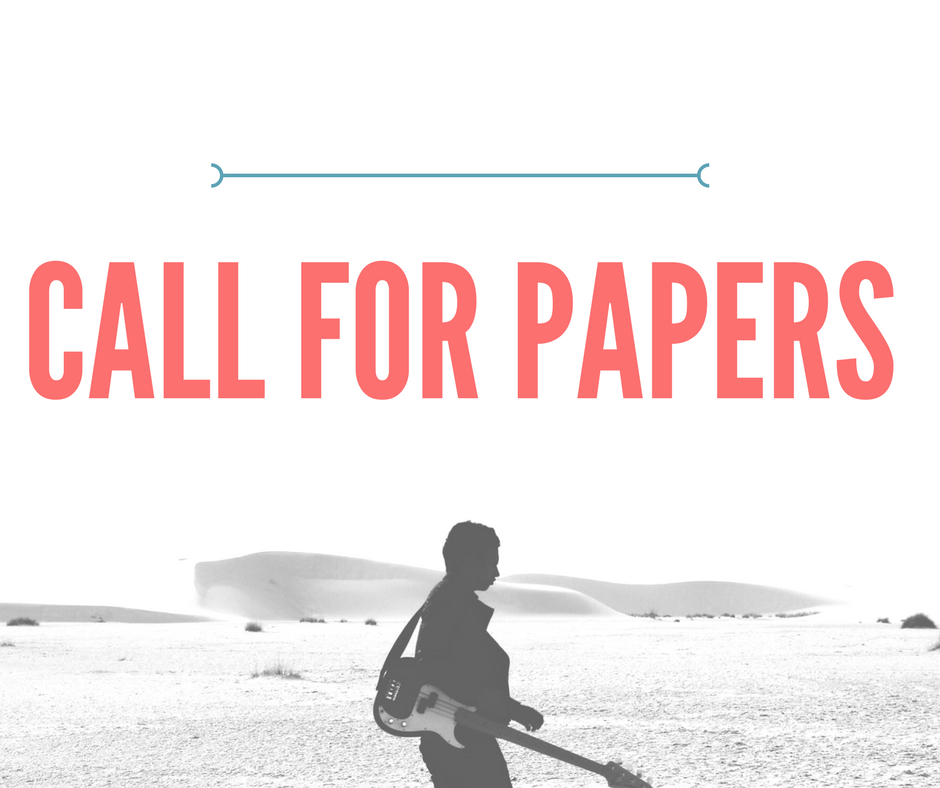CALL FOR PROPOSALS
WHAT DIFFERENCE DOES IT MAKE? MUSIC AND GENDER
2018 MOPOP POP CONFERENCE
April 26-29, 2018, Seattle WA
Deadline: 10 November.
Popular media in the 21st century is rife with radical differences around gender. Even as audiences cheer on shows like RuPaul’s Drag Race, viewers and voters reward toxic masculinity at the box office and the ballot box. Popular music voices and reinforces, or challenges and explodes, assumptions about gender, which itself intersects race, ethnicity, sex, the family, labor, religion and morality. The artists we select in canons, historiography, and the musical moment represent an intimate referendum on the subject. Gender performance has a long history: crooners of the 1930s „pansy craze,” the bull daggers of classic blues, pop stars exploiting the feminine ideal from Doris Day to Britney Spears and workingman heroes like Muddy Waters and Bruce Springsteen. Today’s gender-fluid groundbreakers, like Anohni and Syd, follow on vaudeville’s Annie Hindle and rocker Little Richard. Musical virtuosity and technique, too, are gendered, from the hypermasculinity of hip hop’s „wheels of steel” or rock’s technophallic guitar heroics to disco’s feminized vocal soarings. And gender frames genre: distinctions of salsa dura and salsa romántica or monga (flaccid) echo in country’s “hardcore” honkytonk and “soft shell” crossover divide.
For this year’s Pop Conference, we invite proposals that look at music and gender across any era or category. These might include:
Feminisms: flappers and later mods, torch singers to dance divas, blues and soul, rockers and riot grrrl, statement songs, audience roles
Queer Pop: trans genealogies, performances of blurred or bounded identity
Masculinity: presentations of power and vulnerability, primitivism and auteurism, sexism as structural force in music and the music industry
Black music: making black women more legible outside traditional frameworks, gender performance and identity in sacred and secular spaces
Genres: white male rock and black male gangsta rap, regional Mexican vs. “tropical” Spanish, synths and gender bending, jazz police, subcultural style
Globally: K-Pop and new pop paradigms, electronic recording of gendered voices from tango and Um Kulthum on, musical Latinidad
Instruments and Occupations: Gender relations, homosocial or otherwise, in bands and studios; authorship and agency from girl groups to Kesha/Dr. Luke
Futurism and New Languages: Afrofuturism, techno, digital, video, and post-human; deconstructions/dissolved frames of feminine and nonbinary artists
Religious and traditional roles: from gospel to mountain performances, producing and interrogating a category, a containment, a way of life
Musical canons and women’s underrepresentation or other gendered valuings; gender in music writing
Proposals are due November 10. Email text and Word files, no PDFs, to conference organizer Eric Weisbard (University of Alabama) at Eric.Weisbard@gmail.com. Individual proposals for 20-minute presentations should be 300 words, with a 75-word bio. For three-person (90-minute) or four-person (120-minute) panel proposals, include a one-paragraph overview and individual statements of 300 words with a 75-word bio. For roundtables, outline the subject in up to 500 words, include a 75-word bio for each panelist, and specify panel length. Add emails for all participants. We welcome unorthodox proposals: ask for submission advice.
